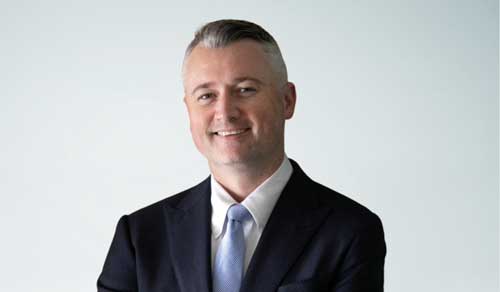The Acenda case study
Acenda’s goal echoed that of the South African insurer and most disability carriers: to responsibly expedite claimants’ return to work. The main difference was the regulatory environment in Australia.
A 2020 Royal Commission found the behaviors of some insurers to violate fairness principles. In the wake of that commission, disability claims specialists had to balance strict adherence to new guidelines for claims investigation with genuine curiosity and responsible inquiry about claimants’ situations.
Acenda was searching for a means to be diligent yet sensitive to the political and regulatory climate while maintaining high-quality service for its policyholders. Behavioral science provided an important element to the answer.
RGA’s experts began working with Acenda on a pilot project in March 2024. The collaborative effort focused on a block of disability insurance business for which RGA provides reinsurance. RGA’s Behavioral Science team developed online training modules for Acenda’s claims assessors to give them a base understanding of the principles to be implemented. These focused on engagement frameworks between claims assessors and customers, as well as guides to turn conversations into goal-setting collaborations that promote return-to-work behaviors.
RGA then conducted live training sessions with claims assessors to reinforce the tips and tactics. These claims assessors then implemented the techniques, with monthly RGA check-ins to refine the approach throughout the pilot.
The results showed its effectiveness not only on the claimants’ motivation to return to work but also on engagement and assessors’ job fulfillment. For example:
Key takeaways for insurance executives
To glean further lessons from this pilot project, RGA reviewed a small cohort of claims in detail to search for common themes. Those claims illuminated four important lessons for insurance executives looking to incorporate behavioral science into their disability claims experience.
Genuine empathy uncovers motivations
A variety of factors beyond an initial injury can hinder someone from being motivated to return to work. The right questions asked with genuine empathy and curiosity can help claims assessors navigate past those hesitancies to find people’s true motivators. From that point, the right plan can help people reclaim their drive.
The key aspects of this approach are twofold:
- Treat customers with empathy, focusing on goals they want to achieve (e.g. being able to play football again, go on vacation, or pick up their child).
- Implement techniques to help claimants stick to those goals, such as planning and reminders.
The byproduct of success with this is often the ability to return to work – and often faster than if the plan had focused exclusively on return-to-work abilities.
Follow-up is crucial
Those claims in the reviewed cohort where the behavioral science techniques did not have a measurable impact often lacked follow-up by claims assessors. Sometimes that was because of a change of assessors that disrupted the continuity of the behavioral science engagement. Other times it was because the behavioral science techniques were never integrated into the broader claim strategy or rehab plan.
Follow-up is crucial. In addition, behavioral science education on these techniques needs to be a part of onboarding and ongoing education processes to ensure continuity when a claim changes hands.
Give it time
Changing behaviors takes time, and time was a common theme in two main areas of this pilot project.
The first is the time it takes for claims assessors to have goal-setting conversations for those on disability. They are, indeed, longer than similar conversations outside of this framework. But the interim survey of assessors involved in the pilot project found that a majority felt the time spent was a good investment to build rapport and create a better customer experience. Understanding that claims assessors will be spending more time with each claimant is crucial to promoting the change in workflow.
The second area where time is crucial is the length of the pilot project overall. Behavioral science techniques need to become the business-as-usual approach for claims assessors. This takes time. It also takes time to gather enough data to accurately measure the effects of the trial. Six months is a good starting point, but the final duration should be based on the needs of the project. As seen in the cohort RGA reviewed, a shorter project commitment can keep these new techniques from reaching their full potential.
Behavioral science can boost business
The claims assessors who took part in this pilot project emphasized their confidence in using the behavioral science approach and reported meaningful engagements with claimants. This could play a role in boosting business growth.
In addition to boosting disability claims effectiveness, it creates better customer engagement and assessor job satisfaction. Studies have shown this combination can translate directly into better business results. For example, a Gallup survey updated in 2025 found companies with engaged customers and employees enjoy 23% higher profitability than those without.
Contact RGA today to discover how to incorporate behavioral science techniques into your disability claims workflows to improve your business’ growth opportunities.




